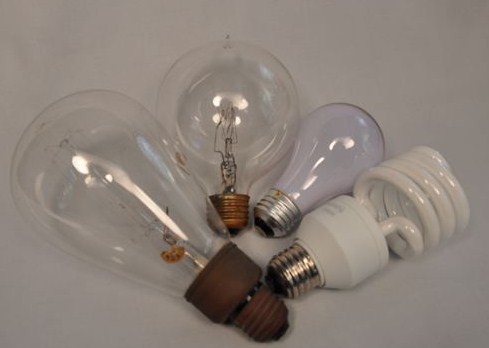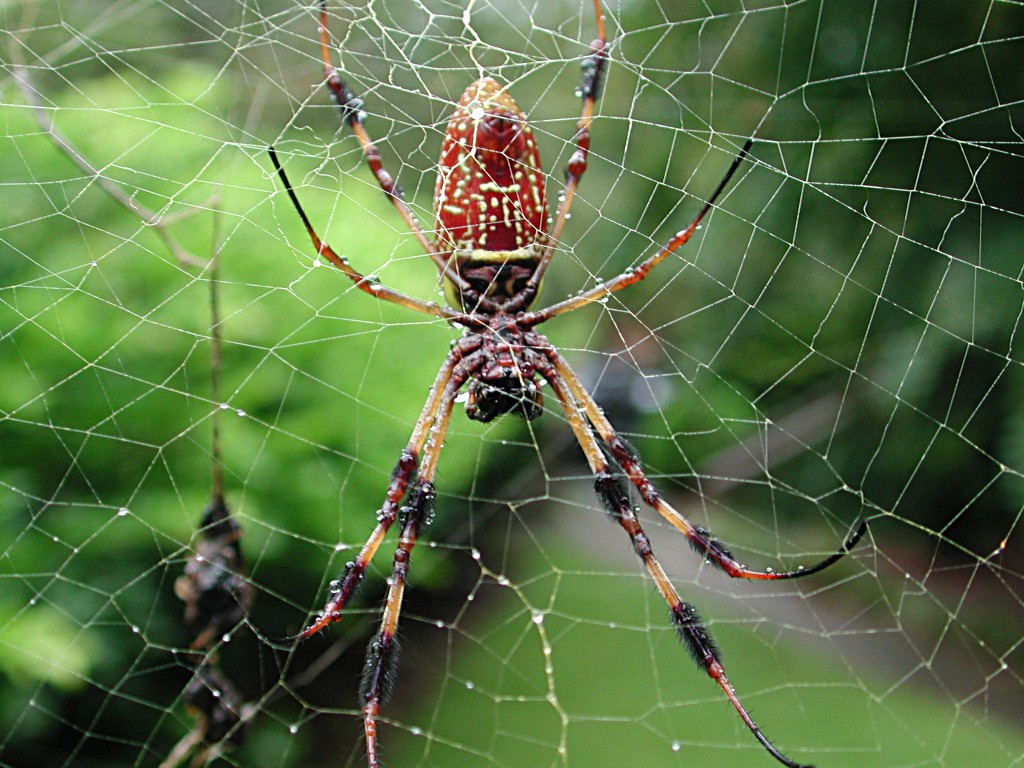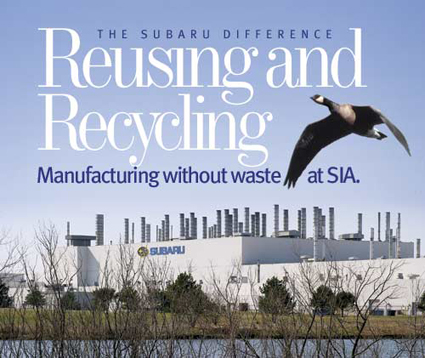Incandescent lamps have illuminated residents for over a hundred years. While energy efficient fluorescents have shined in industry since the ‘40s, only recently have they brought claim flicker less illumination to homes. A new dawn is coming with many bright ideas to reduce global energy. More efficient LEDs are already on the market and plasma lamps show astonishing performance in the lab. These new lights will change the architecture, construction and the decor of our homes and will greatly reduce the demand for electrical energy.
While incandescent bulbs are extremely inefficient, only 10% of the energy they consumes is given off as light, they have been the main residential lighting for over a hundred years.
While the much more efficient florescent light was invented soon after the incandescent and has been in industry for almost 70-years; its harsh flicker created by the electrical alternating frequency, has discouraged its use in the home.
Developments in solid-state electronics permit raising the frequency well beyond the persistence of vision producing a smooth pleasant light. These developments have produced the compact florescent lamp (CFL) that screws into the same old “Edison” socket.
CFLs contain mercury, but the amount is small compared to that saved during the life of the lamp by not burning coal to make electricity. Coal burning is the greatest source of mercury pollution. Progress is being made on reducing CFL mercury, but they should be recycled.
A 23-watt compact fluorescent yields as much light as a 100-watt incandescent. LEDs are already available, are more efficient than fluorescents, offer a greater life, but cost $80 to $100 a bulb.
By an act of Congress, the Department of Energy is offering a $10 million prize for an 11-watt LED replacement for a 60-watt incandescent, that screws into an Edison socket, lasts 17-years under normal use and cost $8. LEDs are already being used in traffic signals and streetlights since their long life reduces maintenance costs.
Plasma is still in the lab, but it shows great possibilities. While incandescents yield 15-lumens of light per watt, LEDs about 70, plasma yields 140 and they’re just entering the race.
Currently, lighting is a major residential energy demand on base load sources such as coal plants. A/C places the greatest demand on peaker plants that primarily use natural gas. Lighting will become a necessary feature of the energy efficient house just as efficient A/C.
Future architecture must include thermal insulation as well as skylights and luminous décor. Interior decoration must accommodate light panels and motion switches. Organic LEDs are still in the lab, but they can be printed on surfaces like wallpaper or murals. Many kinds of light may be used to present an integrated lighting experience.
As green sources of power come on line, the coming lighting renaissance will greatly reduce energy demand.
Photo Credits: Elsa Etcheverry (aka EE)/100-watt incandescent c. 1890,100-watt c. 1900, 100-watt Soft White TM c. 2008, CFL c. 2009.







